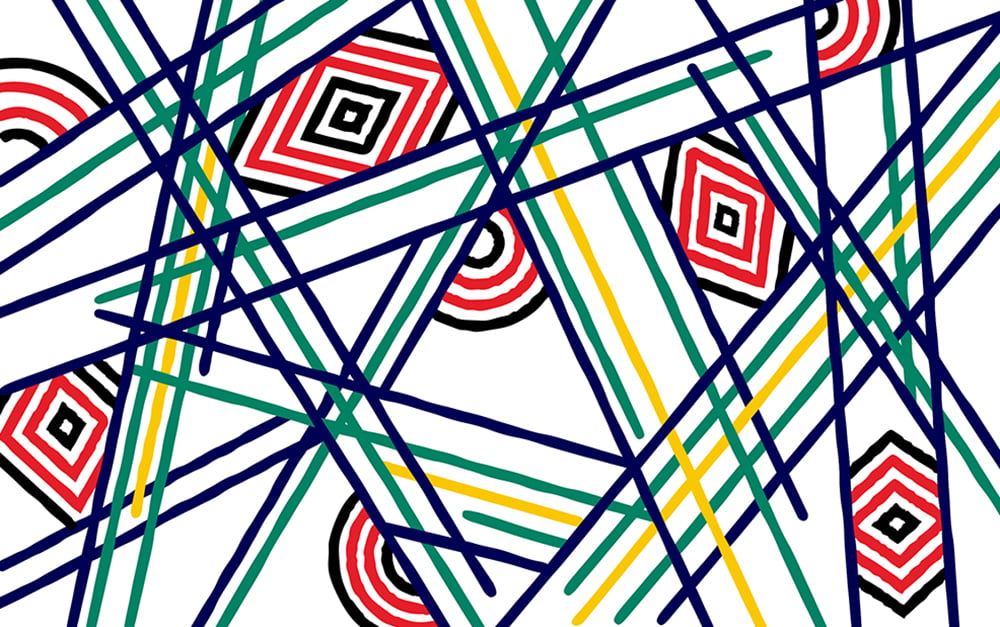RMIT researchers are developing breakthrough techniques to detect ovarian cancer earlier and personalise treatments.
Ovarian cancer is an insidious disease. Incredibly difficult to diagnose in the early stages, it claims the lives of around 1000 Australian women every year.
But RMIT researchers are on track to change this. They are developing new techniques and therapies that have the potential to radically transform the diagnosis and treatment of this terrible cancer – and perhaps others in the future.
“We’re tackling this disease from three angles – early diagnosis, personalised treatments, and new therapies,” says Distinguished Professor Magdalena Plebanski, who leads the University’s Cancer, Ageing and Vaccines Laboratory (CAVA). “It's an incredibly exciting time.”
The work of Professor Plebanski and her colleagues at CAVA is focused on finding solutions to major diseases through innovative research. They have identified diagnostic and prognostic biomarkers that appear in blood in the early stages of cancer development, well before a tumour can be detected with a conventional test or scan. They are working with nanoengineers to develop practical point-of-care devices to detect them.
 Research Assistant Cyril Deceneux, Senior Technical Assistant Georgia Goodchild and PhD candidate Namita Yadav in the CAVA Laboratory at RMIT’s Bundoora Campus.
Research Assistant Cyril Deceneux, Senior Technical Assistant Georgia Goodchild and PhD candidate Namita Yadav in the CAVA Laboratory at RMIT’s Bundoora Campus.
Personalised medicine offers great possibilities for treatment. “We’re analysing the results of human clinical trials we’ve run with the Walter and Eliza Hall Institute over the last five years in 15 hospitals across Australia. These are phase two, randomised, double blind – the gold standard. Key aspects are based on our intellectual property at RMIT,” says Professor Plebanski.
Determining the right treatment for each individual can dramatically increase survival rates but knowing which drug to give to each patient, based on the genetics of the tumour, is painful, expensive and difficult. Now, our studies aim to personalise treatment based on a drop of blood.
Professor Plebanski is also Director of the Accelerator for Translational Research and Clinical Trials (ATRACT) Centre at RMIT, which brings academics with a diverse range of cancer expertise to work together on research.
This includes Distinguished Professor Suresh Bhargava AM and his team at the Centre for Advanced Materials and Industrial Chemistry (CAMIC), who are pioneering a breakthrough in cancer treatment with gold-based metallodrugs. Their cutting-edge compound has demonstrated an 82 per cent reduction in tumour growth in animal studies – far exceeding traditional chemotherapy. Importantly, it achieves this without debilitating side effects, offering a powerful new hope in the fight against drug-resistant cancers.
Close collaboration across disciplines is central to this project’s success. The new drugs being developed by researchers at CAMIC can be translated into real products by researchers at CAVA, who test how the drugs act against diverse cancers, including ovarian.
None of this research would be possible without substantial philanthropic support. Pallion subsidiary ABC Bullion has committed to donating 250g of pure gold to Professor Bhargava’s project annually, while a host of generous donors are supporting the work led by Professor Plebanski.
 Research using this precious metal is delivering promising results.
Research using this precious metal is delivering promising results.
Our vision is to ensure a future where ovarian cancer is detected earlier and treatment is personalised, more effective, and less harmful to patients.
– Professor Magdalena Plebanski
“Our research goes beyond curing disease,” adds Professor Bhargava. “It is about transforming lives – empowering patients to live fully, free from the suffering of outdated treatments.
“It embodies hope, resilience, and the unwavering belief that innovation, guided by wisdom, has the power to change the world.”


